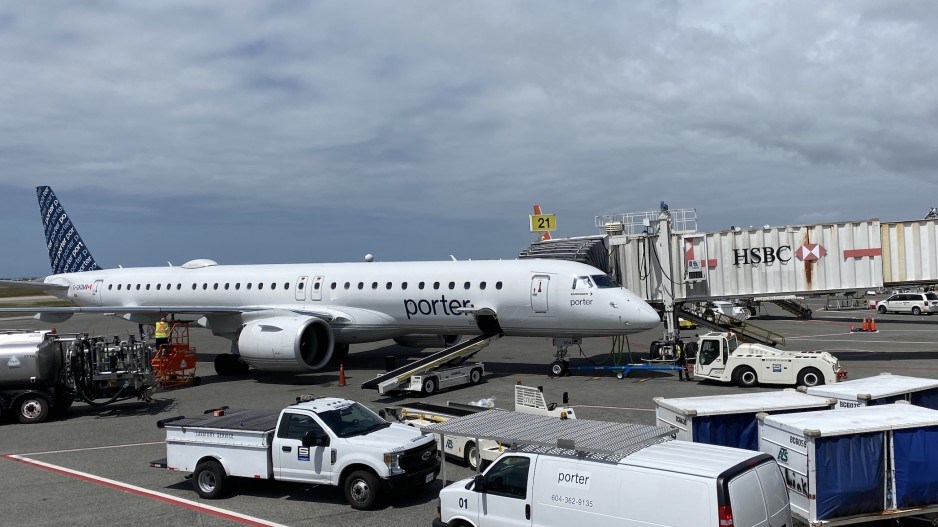New data show that despite airport chaos in summer 2020, where there were long waits to check in to flights, and to pass through security, Canadian air carriers last year transported 27.6 per cent fewer passengers than they did in 2019.
Statistics Canada data show those carriers transporting 68.2 million passengers in 2022. The businesses' rebounds were striking, however, given that those airlines transported 162.3 per cent more people than the approximately 26 million passengers that they transported in 2021, when COVID-19 restrictions crimped travel.
The recovery in 2022 air travel was seen both in domestic traffic, where there were 36.1 million passengers (26.1 per cent below 2019,) and international traffic, where there was 32 million passengers (29.4 per cent below pre-pandemic levels,) according to the nation's number cruncher.
Monthly passenger volumes jumped in the last 10 months of the year, after the federal government started to loosen COVID-19 testing requirements in February 2022.
Starting in October, passengers on planes and trains no longer needed to wear masks, nor did cruise passengers have to provide pre-boarding tests that prove that they were negative for COVID-19. Visitors In October also stopped needing to be vaccinated or to use Canada's ArriveCan app in order to enter the country. The cumulative effect of those changes was to increase travel, which benefitted airlines.
Canadian airlines travelled 168.7 billion passenger-kilometres in 2022, which was more than three times the total traffic in 2021 but was only 72.3 per cent of the 2019 traffic. On average, each passenger travelled 2,474 kilometres in 2022, which was nearly the same as the 2,478 kilometres that they travelled in 2019. At 2.7 million hours, the total number of hours that airlines flew in 2022 was 18.1 per cent down from 2019.
Airlines that the government designates as being Level 1 through Level 3 carriers generated about $27.8 billion in operating revenue, down about six per cent from 2019. The government defines Level 1 through Level 3 carriers as ones that in the previous year carried at least 100,000 paid passengers or 50,000 tonnes of cargo, or realized more than $2 million in revenue.
Revenue that airlines generated from passengers last year was 87.7 per cent of what it was in 2019.
Despite inflation, operating expenses, at $27.6 billion, were what Statistics Canada described as being "on par" with those expenses in 2019.
Its data show airlines used 14.5 per cent less fuel, but paid about 33.7 per cent more per litre. Labour expenses were also up. Airlines employed 9.5 per cent fewer workers than they did in 2019 but paid those workers 20.2 per cent higher wages.




